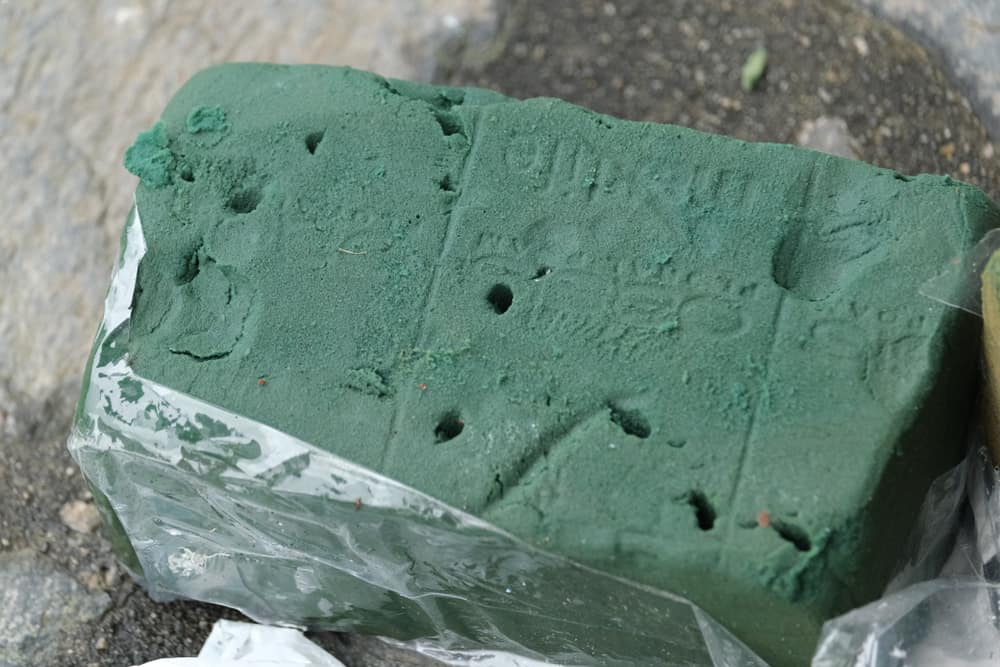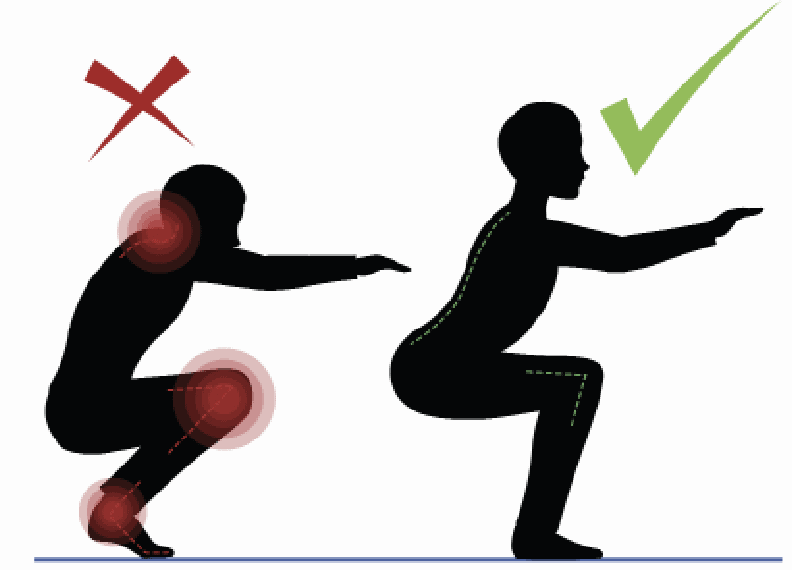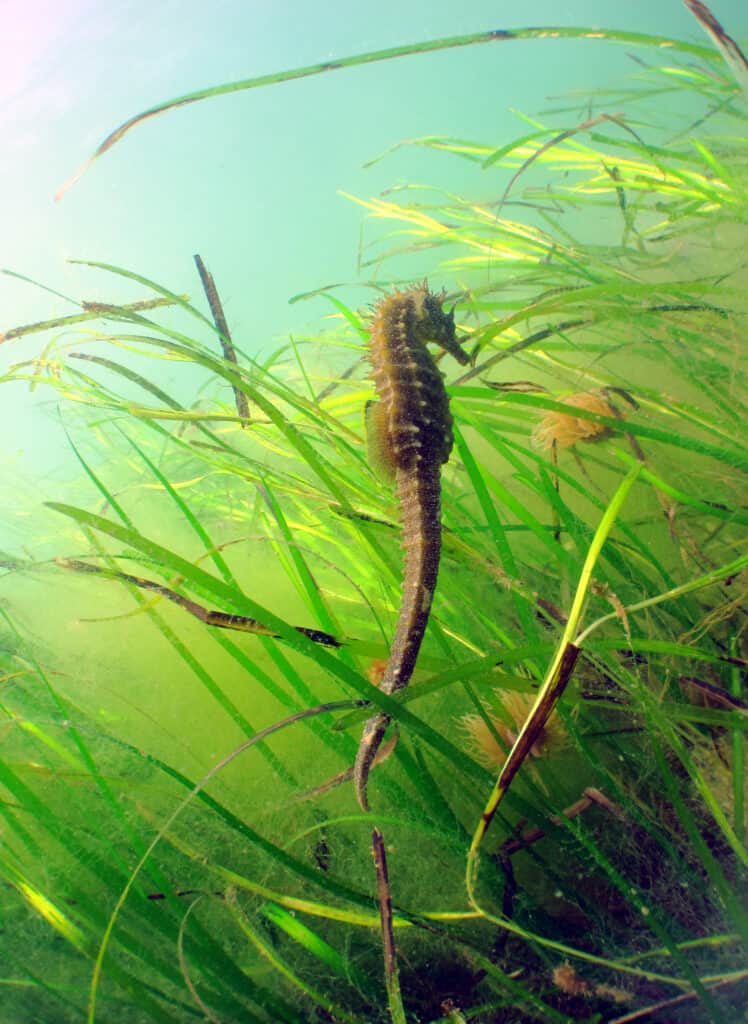Successful, long-lasting weight loss is never about the ‘perfect’ diet, being hungry or weird food rules, says nutritional therapist Karen Geary

If you are one of those ‘all or nothing’ types, especially when it comes to going on a diet, chances are that permanent weight loss has always eluded you. Add mid-life hormone challenges or other life stressors into the mix and it can become particularly disheartening.
If you think you have to follow the ‘perfect’ diet (whatever that is), chances are that this very idea is holding you back from achieving your weight loss goal.
Perfectionism generally backfires at some point as it is just not sustainable. The desire to be ‘perfect’ means that you didn’t do what you wanted to do simply because you couldn’t do it ‘perfectly’.
Generally it goes like this; you decide you were not ‘perfect’ today so you resolve to start tomorrow/Monday/next week – and then you’ll do it ‘perfectly’. But it never happens – or if it does, it is unlikely to be for more than a week.
Weight loss is a mind game – this means mental health is a priority when it comes to losing weight, and placing unreasonable expectations on ourselves just creates added stress. Good mental health also relies on hormone balance and a healthy gut function – nourishing yourself properly is therefore absolutely essential.
It’s a trap
What is the ‘perfect’ diet anyway? Is it some fad diet from the Daily Mail? Eating superfoods? Intermittent fasting? No. It is none of these. The ‘perfect’ diet is the one you can sustain, day in, day out, for the rest of your life. It is about being consistent. Yet we can all fall into a diet trap, where we torture ourselves with weird food rules, subject ourselves to yo-yo-ing blood sugar, get so hungry we will eat anything, possibly accumulate nutritional deficiencies – and end up exactly back where we started.
The way out of this is to recognise that there is no quick fix. Instead you must give yourself time to discover what is right for you long term. It means doing the best you can, using days to your advantage when you feel really motivated. And those days when things are not so great, to feel OK about having that chocolate biscuit, and that is ‘good enough’! Weight loss is not a ‘perfect’ road.
Here’s the practical guide on being ‘good enough’ that I work on with my clients:
Create a meal plan
Decide what and when you are going to eat and try to stick to it 80% of the time. Meal planning stops you from torturing yourself with that conversation you have with yourself in your head about ‘what to eat’, and whilst you decide, you go and eat a few biscuits. Choose a time when you are not hungry to do this. I meal plan weekly because it keeps the shopping bills down. Daily, I write it on a post-it note and stick it on my fridge (see image opposite). It also tells my husband (and hungry teens! – Ed) what we are eating today as I’m the cook and it stops him from haunting the fridge. Plan your snacks too if you like to snack.
Check your portions
Using your hands is less stressful than counting calories/points/syns.
Include the following in every meal:
- palm size – a portion of protein.
- cupped hand – a portion of carbs (grains and fruit/veg). If it is just vegetables, double the size.
- thumb – a portion of fat
- Snacks should ideally be high in protein and fat – for example nut butter and apple, or Greek yogurt and fruit. Protein and fat is more satisfying and may help prevent your snack from becoming a full on fridge raid.
Sit down to eat Stay off your phone and don’t watch the TV. Food is to be enjoyed and is generally a sociable time with family and friends.
Get rid of the scales
Whilst it has been proven that people who weigh daily are consistently more successful at achieving their weight loss goals, for some a ‘bad’ number can trigger going off-plan.
If that is you, then a tape measure is your best friend. If your waist measurement is half your height or less, you are in a good place metabolically, with a lowered risk for cardiovascular disease, high blood pressure and diabetes. Measure yourself weekly.

Have a back up
Know what you are going to do if you go off-track. Note what happened and why – but do so without judgement. Your whole day is not ruined. Just carry on with what you were planning to eat for the rest of the day, or go again tomorrow. All your progress is not undone – you are simply human.
I have a plan
If you are the type of person who likes the inspiration of a done-for-you meal plan, I have put together a no-fuss Summer Plan, so you can enjoy the best of the summer with minimal kitchen time. You can download it from my website here.

















